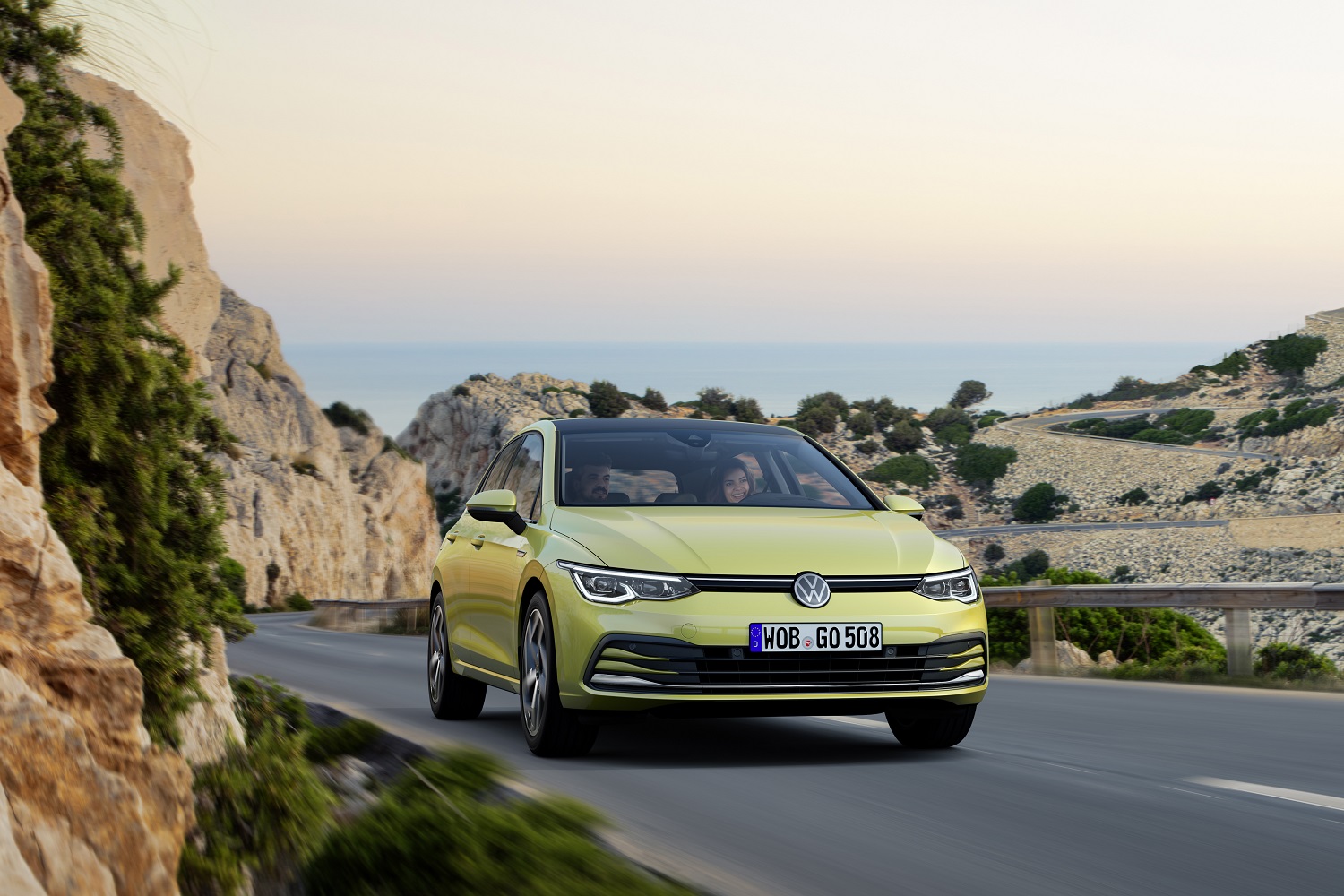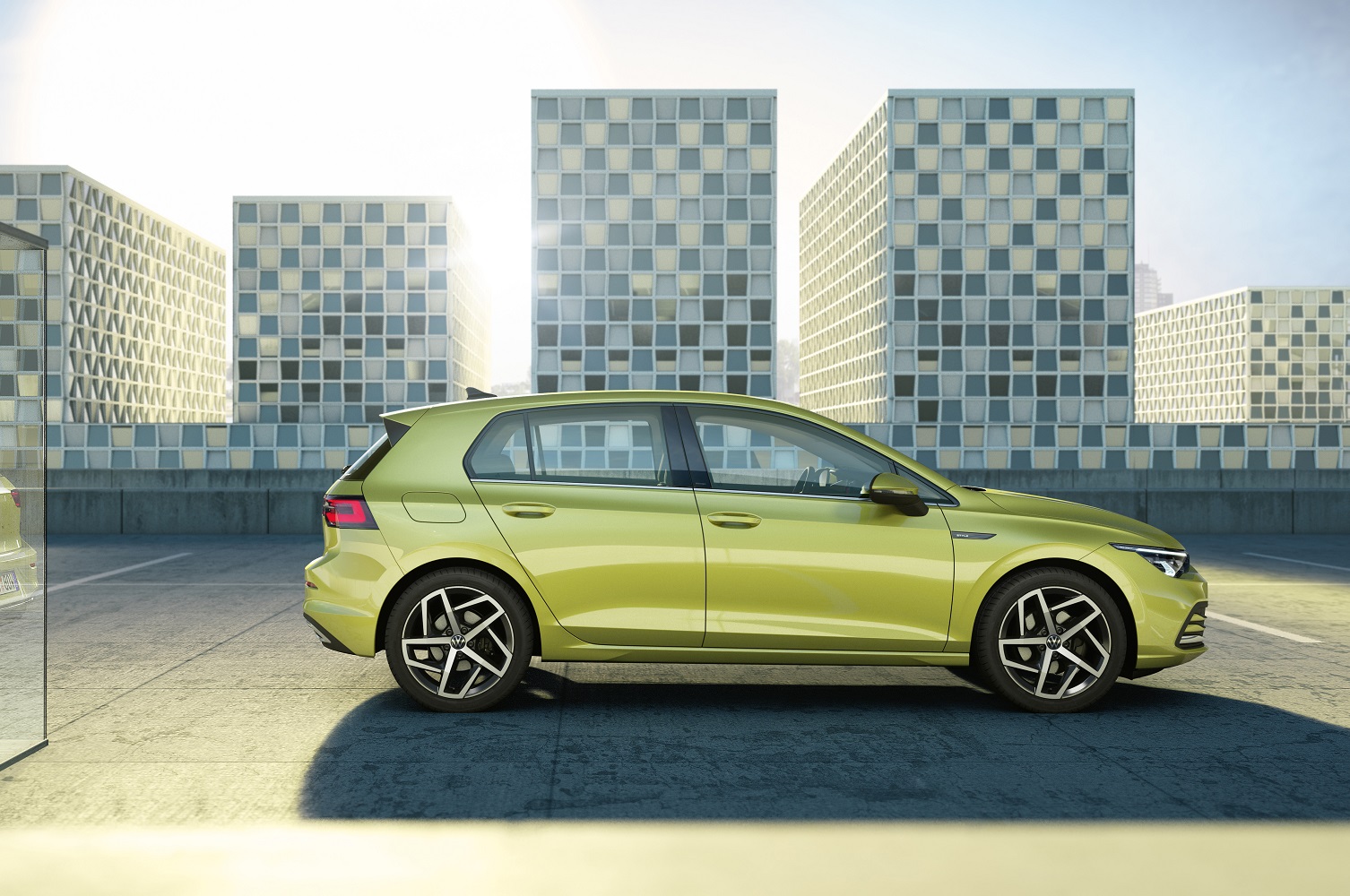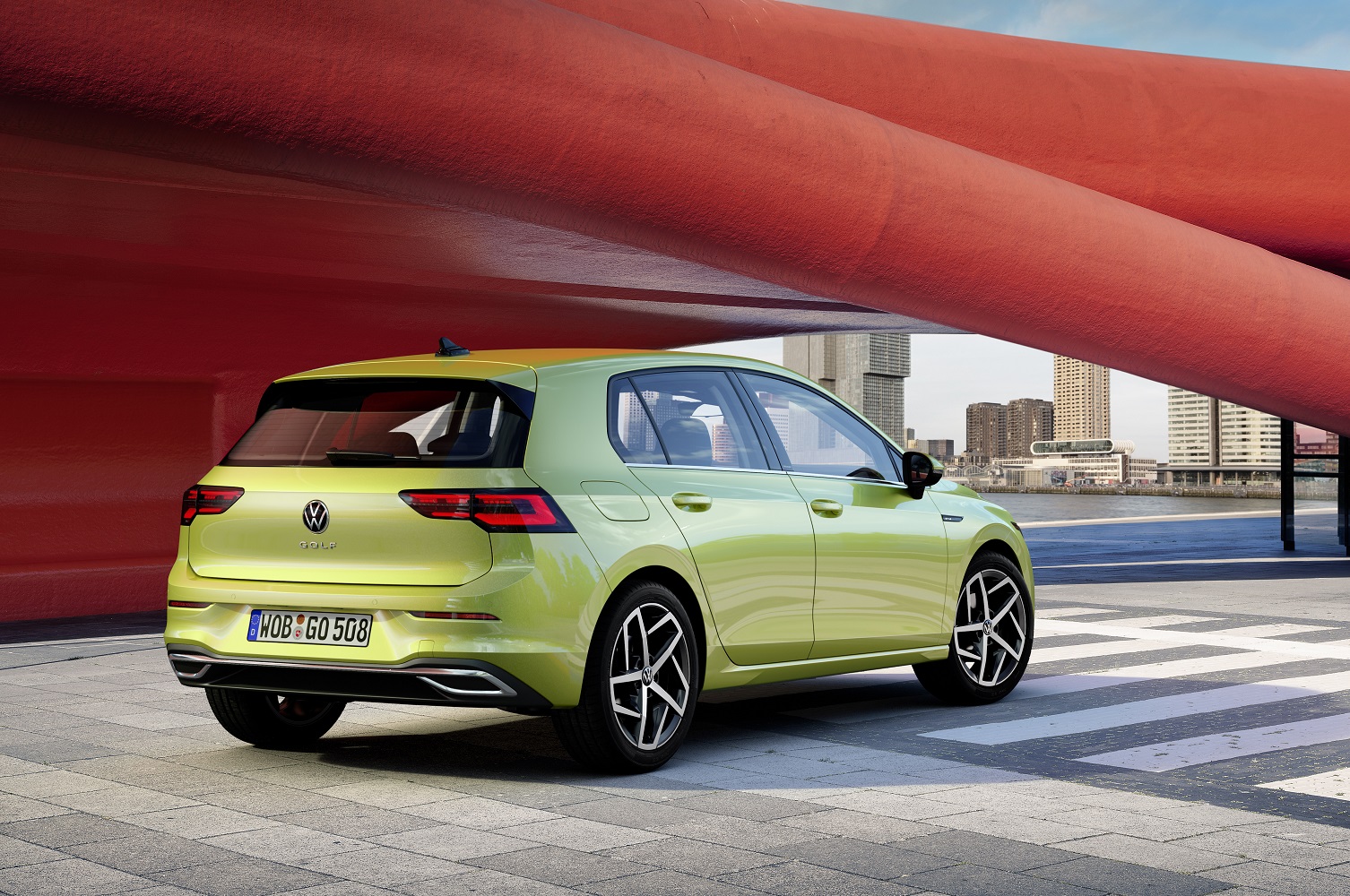Volkswagen completely reinvented the Golf with an eye on the 2020s. Now in its eighth generation, the hatchback receives a sharp, elegant design plus an array of forward-thinking tech features normally found on more expensive models.
The Golf is as important to Volkswagen as the iPhone is to Apple. It has been the foundation the rest of the company’s range is built on since the original model went on sale in 1974 as a replacement for the timeless, rear-engined Beetle. Its design has changed considerably over the past 45 years, but its positioning and image have stayed the same. “Not many cars have evolved over time while keeping the same meaning,” Klaus Bischoff, Volkswagen’s head of design, told Digital Trends. “Being allowed to do this as a designer is an honor,” he added.
The eighth-generation model remains immediately recognizable as a Golf, but it’s not merely a careful nip-and-tuck of the current, seventh-generation car. Members of Bischoff’s team made the air dam integrated into the bottom part of the front bumper bigger as they reduced the size of the grille to achieve a crisp, confident look. The headlights adopt a more chiseled design, and they stretch further into the car’s profile.
Viewed from the side, the Golf falls in line with its predecessors thanks to a distinctively-shaped c-pillar and familiar proportions. Walk around to the back, and you’ll see LEDs that give the rear lights a three-dimensional look. Overall, the new Golf looks more mature than its predecessor, yet it falls in line — and continues to represent — Volkswagen’s design language. It proudly wears the new logo inaugurated by the battery-electric ID.3 hatchback unveiled in September.
While the new Golf is the eighth generation of the nameplate, one look inside suggests it may as well be the 10th.
Car2X technology keeps the Golf consistently connected to its surroundings. It chats with the infrastructure, and it exchanges data with other, similarly-connected cars that are up to 800 yards away.
While market-specific technical specifications haven’t been announced yet, we know Volkswagen will offer the Golf with a wide panoply of powertrain options including a mild-hybrid system available in three states of tune. It’s built around a 48-volt belt-driven starter-generator, and it stores energy in a 48-volt lithium-ion battery pack. This technology is a relatively simple, unobtrusive way to save fuel. Motorists who want the ability to drive on electric power will have a pair of plug-in hybrid powertrains to choose from, including a 245-horsepower GTE model. Both store energy in a 13-kilowatt-hour lithium-ion battery pack and they’re capable of driving for up to 37 miles without burning a drop of gasoline.
Not every variant of the next Golf will be electrified, however. Motorists not interested in the technology will have two gasoline-burning engines, a pair of turbodiesels, and a natural gas-powered four to choose from. Looking ahead, we can’t wait to discover the next episode in the GTI saga, and we know the mighty Golf R will once again occupy the top spot in the hierarchy. These models will be unveiled and detailed at a later date. The wagon will make a comeback, too.
The new Volkswagen Golf will begin arriving in showrooms in December, but it might not join models like the Passat and the Atlas Cross Sport in American showrooms. It competes in a small segment of the market that’s not expected to get bigger any time soon. Digital Trends learned from a company spokesperson that the jury is still out on whether the standard Golf will return to the United States. The next GTI and Golf R are confirmed for the U.S. market, however.
Updated on October 24, 2019: Added full details about the 2020 Volkswagen Golf.

























